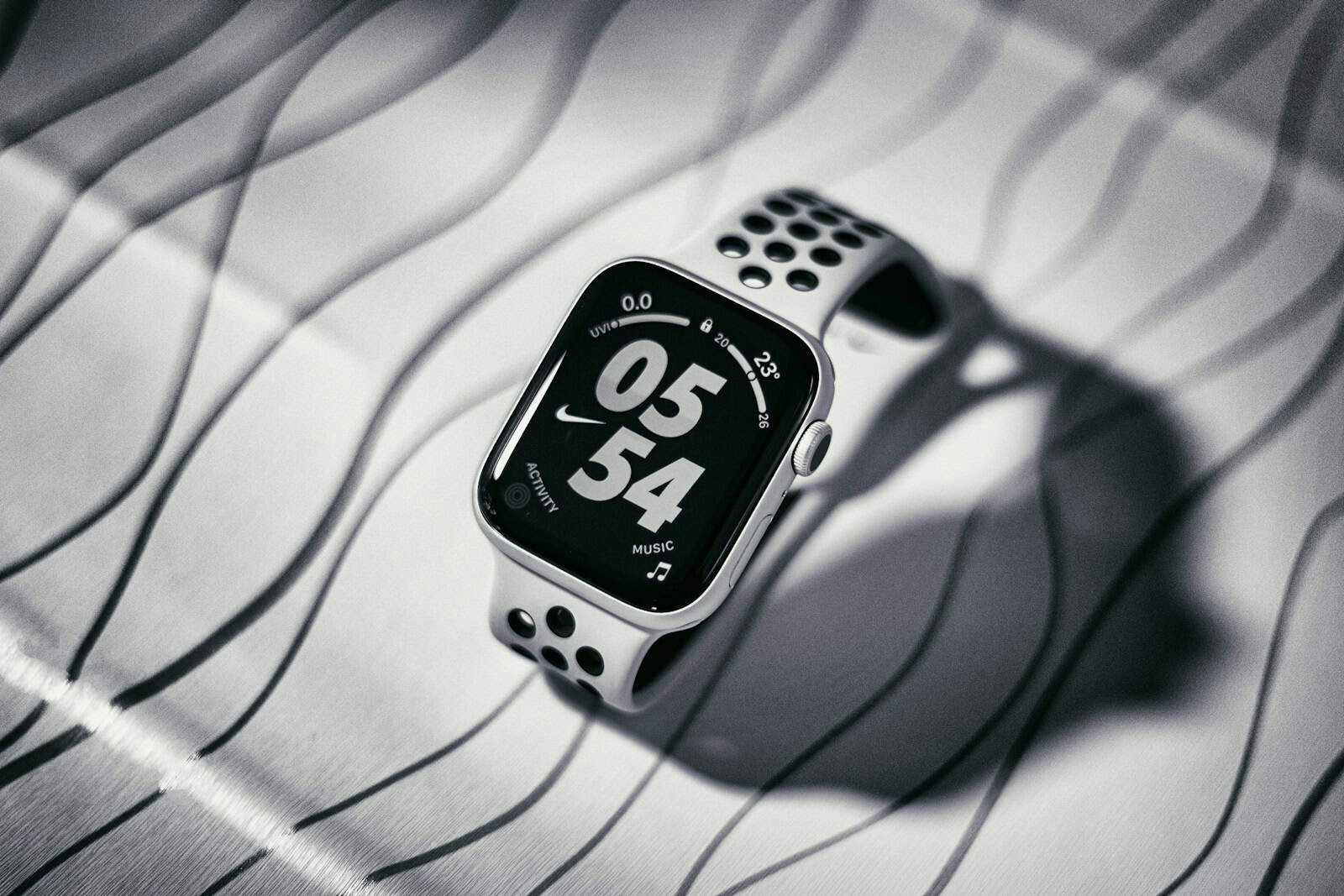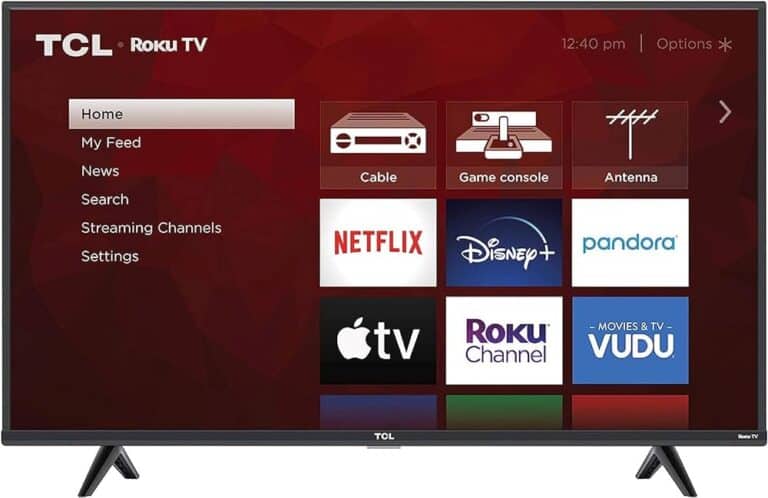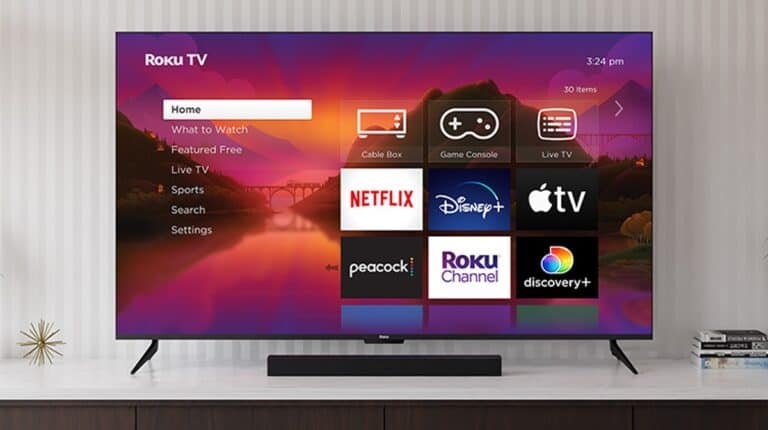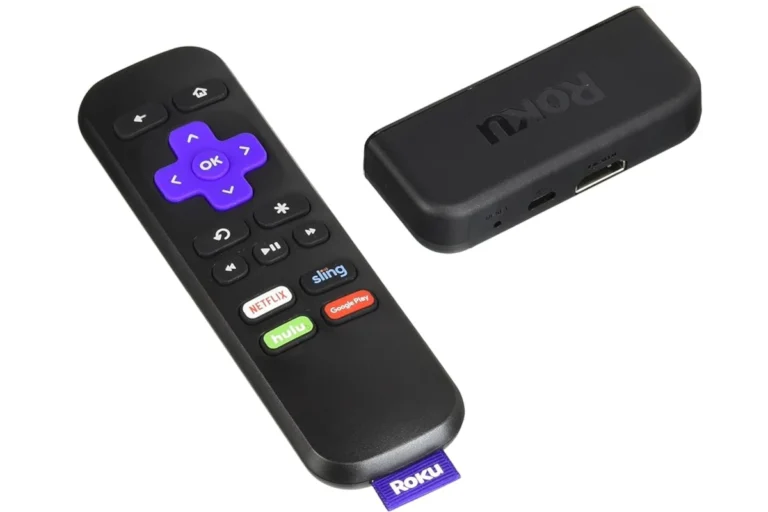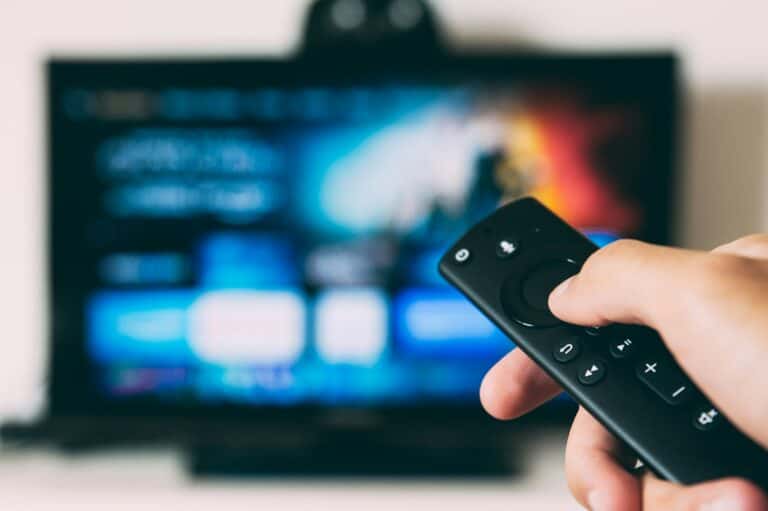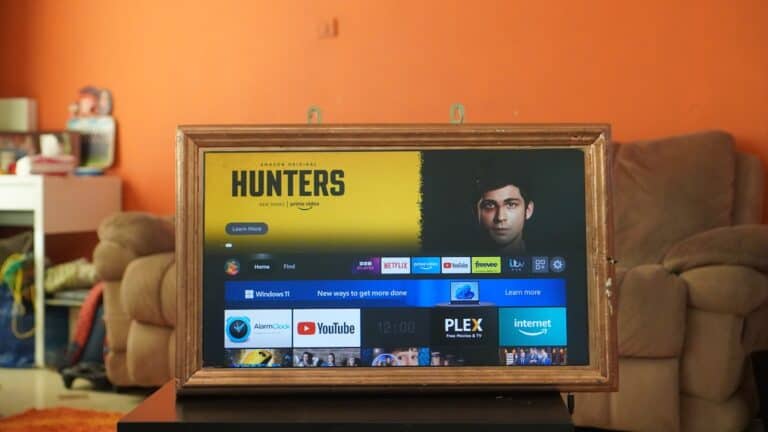Wearable technology is moving beyond fitness trackers and smartwatches into devices that blend seamlessly into daily life. The future of wearables is about creating tools that monitor health, improve communication, and integrate naturally with the body. From smart clothing that adapts to movement to glasses that layer digital information over the physical world, these devices are becoming more practical and less intrusive.
Next generation wearables will focus on accuracy, comfort, and usefulness. They will track vital signs with medical precision, harvest energy from the body, and even connect directly to brain signals. These changes point toward devices that not only extend personal health management but also reshape how people interact with technology.
As companies refine sensors, materials, and artificial intelligence, wearable devices will become more personalized and reliable. The shift is not about flashy features but about making technology an invisible yet constant part of everyday routines.

The Future of Wearables and AI on Devices
Wearables have already transformed how we track fitness, monitor health, and stay connected. With the rapid rise of artificial intelligence (AI), the next generation of wearables will go far beyond step counts and notifications. The future points toward smarter, more personalized, and proactive devices that integrate seamlessly into our daily lives.
🚀 Current State of Wearables
Today’s wearables—like the Apple Watch, Samsung Galaxy Watch, Fitbit, and Oura Ring—focus on:
- Health tracking: heart rate, sleep, blood oxygen, ECG.
- Fitness coaching: workout detection, calorie burn, recovery insights.
- Connectivity: notifications, calls, payments.
- Safety: fall detection, SOS alerts, temperature monitoring.
AI is already present, but mainly in basic predictive analytics (e.g., sleep stage detection or activity suggestions).
🔮 The Future: How AI Will Transform Wearables
1. Personalized Health Predictions
- AI will analyze continuous biometric data to predict health issues before they happen (e.g., detecting early signs of heart disease, diabetes, or respiratory illness).
- Wearables may act as always-on digital health companions, alerting users and even doctors in real time.
2. Context-Aware Coaching
- Instead of generic reminders, AI will deliver personalized coaching based on your unique patterns.
- Example: suggesting hydration if your body temperature rises.
- Adjusting workout intensity based on recovery data.
3. Mental Health Monitoring
- AI could analyze speech tone, heart rate variability, and sleep to detect stress, anxiety, or depression.
- Wearables may recommend breathing exercises, mindfulness sessions, or even alert caregivers if necessary.
4. On-Device AI Processing
- To protect privacy, more AI will run directly on the device (edge AI), rather than sending data to the cloud.
- This means faster insights, lower latency, and stronger data security.
5. Advanced Biometrics
- Future wearables may measure blood pressure, glucose levels, hydration, and hormone fluctuations non-invasively.
- AI will interpret these signals in real time, offering actionable advice instead of raw numbers.
6. Integration with Smart Ecosystems
- Wearables will act as control hubs for connected homes and workplaces.
- Example: adjusting room lighting based on stress levels, or syncing with your car to optimize alertness while driving.
7. AI-Powered Accessibility
- AI-driven wearables will help people with disabilities by providing real-time translation, navigation assistance, or health monitoring tailored to their needs.
🌍 Wider Impact on Society
- Healthcare: Doctors will use wearable data for preventive medicine and remote patient monitoring.
- Workplace: Employers may offer AI wearables for wellness programs, boosting productivity and reducing burnout.
- Public Health: Aggregated, anonymized data can help track population-level health trends and outbreaks.
⚠️ Challenges Ahead
- Privacy & Data Security: Continuous biometric monitoring raises concerns about who owns and accesses the data.
- Accuracy & Reliability: AI must avoid false alarms while still catching real risks.
- Regulation: Health-related wearables will face stricter oversight from agencies like the FDA.
- Adoption: Users must trust AI enough to act on its recommendations.
✅ Final Thoughts
The future of wearables lies at the intersection of AI, health, and personalization. Instead of just tracking steps, tomorrow’s devices will act as proactive health guardians, lifestyle coaches, and personal assistants—all while keeping data secure on-device.
As AI grows smarter and sensors become more advanced, wearables won’t just record our lives—they’ll help shape healthier, safer, and more connected ones.
Key Takeaways
- Wearable devices are evolving to integrate smoothly into daily life
- Next generation technology will focus on health, energy, and communication
- Advances aim to make wearables more accurate, discreet, and useful
Frequently Asked Questions
Wearable technology is advancing through new sensors, stronger connections, and better integration with daily life. These changes affect health tracking, communication, energy use, education, and the design of future devices.
What are the emerging trends in wearable technology for the next decade?
Future wearables will use artificial intelligence to provide personalized feedback. Devices will connect more directly with other technologies through 5G and upcoming 6G networks. Designers are also working on smaller, lighter, and more discreet devices that blend with clothing and accessories.
How is wearable technology integrating with healthcare for improved monitoring?
Wearables now track heart rate, sleep, and activity. Next-generation devices will monitor blood glucose, blood pressure, and stress without invasive methods. Doctors may access patient data remotely, allowing more accurate treatment and faster response to health changes.
What advancements in battery life and power efficiency are expected for future wearables?
Engineers are developing batteries that last longer between charges. Solar charging and energy-harvesting methods may reduce reliance on outlets. Power-efficient chips will allow devices to run advanced features while conserving energy.
In what ways is wearable technology anticipated to enhance personal connectivity and social interaction?
Wearables will allow faster communication through voice, gesture, or touch controls. Smart glasses and other displays may let users share information or media in real time. These tools will reduce dependence on phones while keeping people connected.
What are the potential applications of wearable technology in education and professional training?
Augmented reality headsets can guide students through simulations and complex tasks. Workers may use wearables for hands-free instructions or safety alerts. These tools will support learning in fields such as medicine, engineering, and skilled trades.
How is the field of material science contributing to the next generation of wearable devices?
Researchers are creating flexible, lightweight materials that fit the body more comfortably. Advances in textiles allow sensors to be woven into clothing. Recyclable and sustainable materials are also becoming more common, reducing environmental impact.

